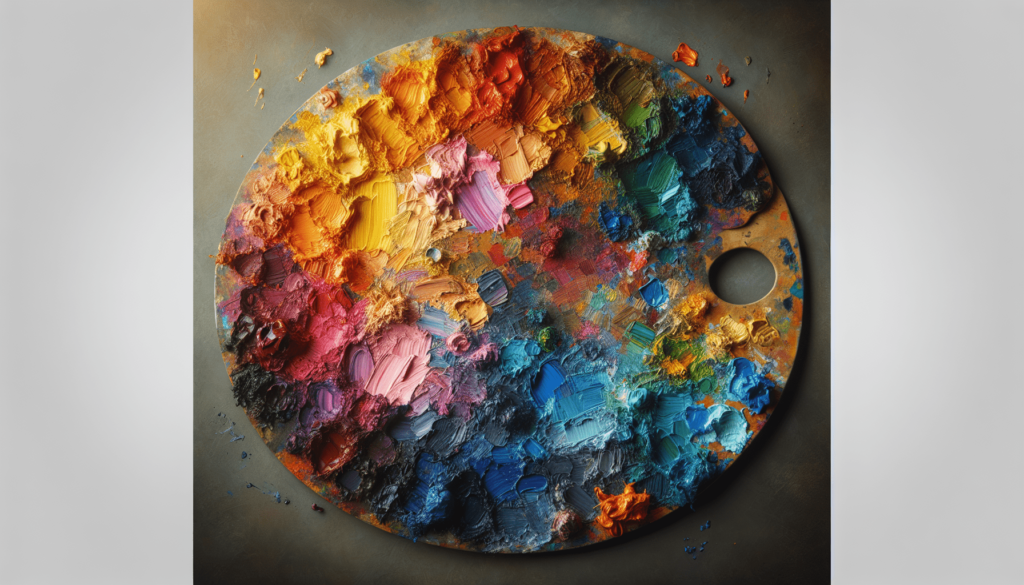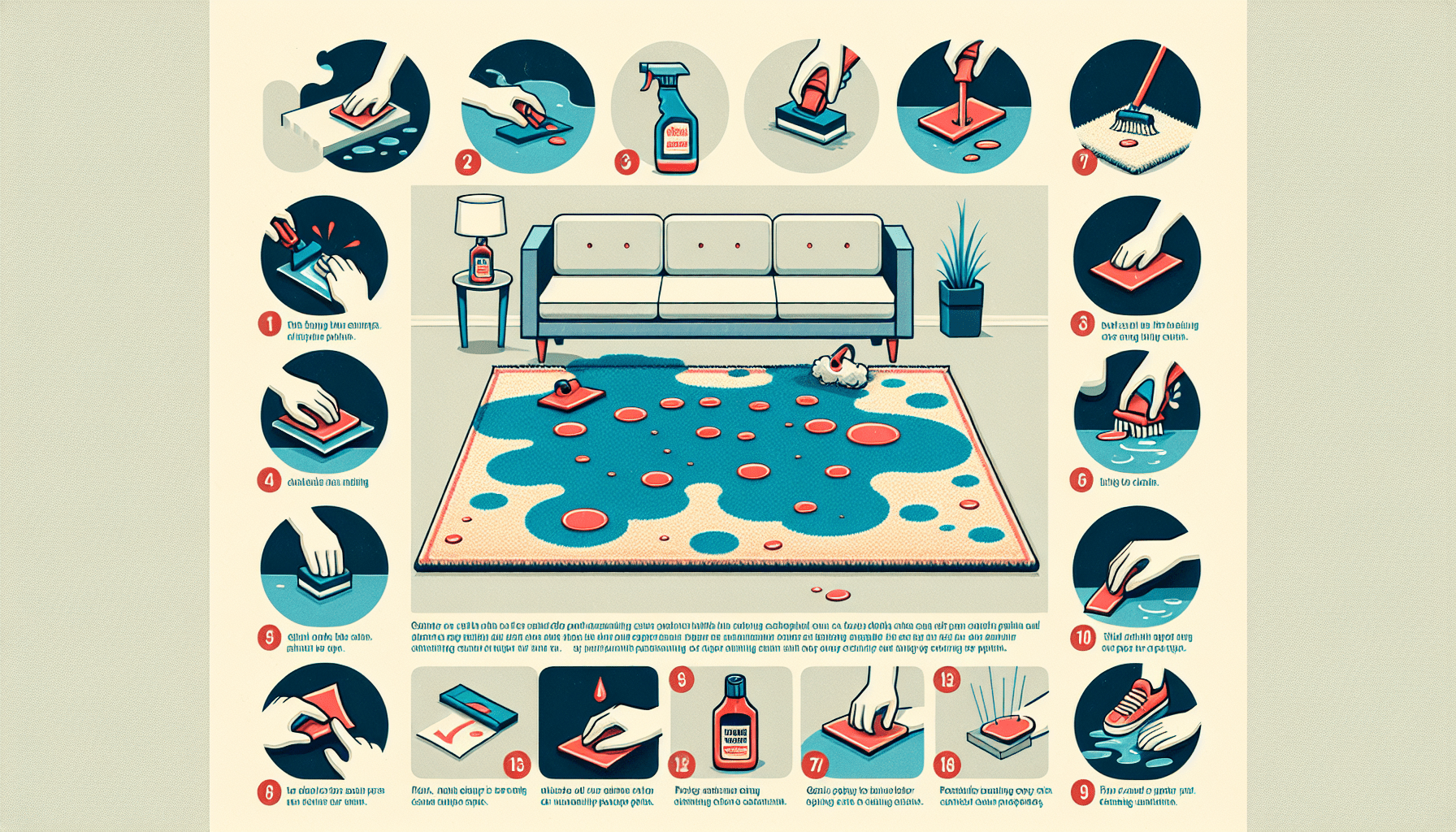In the world of painting, the permanence of different types of paint is a crucial factor to consider for artists. Many wonder about the permanence of tempera paint, a popular medium known for its vibrant colors and ease of use. While tempera paint is known for its quick drying time and ability to be easily blended, its permanence can vary depending on the specific brand and formula. Understanding the factors that affect the permanence of tempera paint can help artists make informed decisions when choosing their preferred medium for their creative projects.
Is Tempera Paint Permanent?
When it comes to choosing the right type of paint for your next project, permanence is often a key factor to consider. Tempera paint is a popular choice for many artists due to its vibrant colors and smooth finish, but is it truly permanent? In this article, we will delve into the world of tempera paint to explore its permanence and what factors can affect its longevity.

Understanding Tempera Paint
Tempera paint is a water-based medium that has been used for centuries in various forms of art, from traditional frescoes to modern-day illustrations. It is made by mixing powdered pigments with a binding agent, such as egg yolk or glue, to create a smooth and opaque paint. Tempera paint dries quickly and results in a matte finish, making it ideal for detailed work and fine lines.
Benefits of Using Tempera Paint
Tempera paint offers a wide range of benefits for artists, including:
- Vibrant Colors: Tempera paint has vibrant and rich colors that can be easily mixed to create custom shades.
- Opaque Finish: The opaque finish of tempera paint allows for layering and blending without the colors becoming muddy.
- Quick Drying Time: Tempera paint dries quickly, making it ideal for projects that require multiple layers or quick completion.
- Non-Toxic: Most tempera paints are non-toxic and safe for artists of all ages to use.
Limitations of Tempera Paint
While tempera paint has many advantages, it also comes with some limitations, such as:
- Permanence: Tempera paint may not be as permanent as other types of paint, which can affect the longevity of your artwork.
- Water Solubility: Tempera paint is water-soluble, which means it can be reactivated with water even after it has dried.
- Lightfastness: Some colors of tempera paint may fade or change over time when exposed to light, especially if they are not properly protected.
Factors Affecting the Permanence of Tempera Paint
The permanence of tempera paint can be influenced by several factors, including the quality of the materials used, the application technique, and the environmental conditions in which the artwork is displayed or stored. Let’s explore these factors in more detail:
Quality of Materials
The quality of the pigments and binding agents used in tempera paint can have a significant impact on its permanence. Higher-quality pigments are usually more lightfast and resistant to fading, while inferior pigments may fade or change color over time. Similarly, using a high-quality binding agent, such as egg yolk or gum arabic, can help improve the adhesion and durability of the paint.
Application Technique
The way in which tempera paint is applied can also affect its permanence. Properly layering and sealing the paint can help protect it from environmental factors, such as moisture and light, which can cause it to deteriorate over time. Using thin, even layers of paint and allowing each layer to dry completely before applying the next can help improve the longevity of the artwork.
Environmental Conditions
The environmental conditions in which tempera paint artworks are displayed or stored can play a significant role in their permanence. Excessive exposure to light, heat, humidity, or air pollutants can cause the colors to fade, crack, or yellow over time. It is essential to properly frame and protect tempera paint artworks to ensure their longevity.

Tips for Preserving Tempera Paint Artwork
To ensure the longevity of your tempera paint artwork, consider the following tips for preservation:
Use Archival-Quality Materials
When creating artwork with tempera paint, use archival-quality materials, including pigments, binding agents, and paper or canvas. Archival materials are designed to be lightfast, acid-free, and resistant to aging, ensuring the longevity of your artwork over time.
Avoid Direct Sunlight
Exposure to direct sunlight can cause tempera paint colors to fade and deteriorate rapidly. To protect your artwork, avoid hanging it in direct sunlight or use UV-filtering glass or acrylic to shield it from harmful UV rays.
Frame Your Artwork
Properly framing your tempera paint artwork can help protect it from environmental factors, such as dust, humidity, and pollutants. Choose a frame that provides adequate support and protection for your artwork, and consider using acid-free matting and backing to prevent discoloration and deterioration.
Store Artwork Properly
When storing tempera paint artwork, keep it in a cool, dry place away from direct sunlight, heat sources, and fluctuations in temperature and humidity. Avoid storing artwork in basements, attics, or other areas prone to moisture or pests, as these conditions can accelerate deterioration.

Conclusion
While tempera paint offers many benefits for artists, its permanence can vary depending on various factors, including the quality of materials used, the application technique, and environmental conditions. By understanding these factors and following proper preservation techniques, you can ensure the longevity of your tempera paint artwork for years to come. Remember to use archival-quality materials, avoid direct sunlight, frame your artwork, and store it properly to preserve its beauty and vibrancy.




